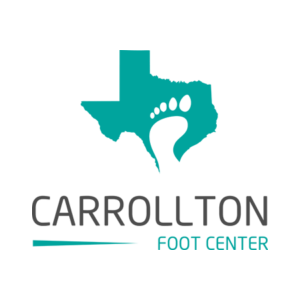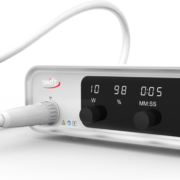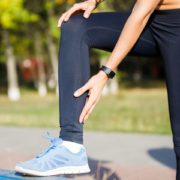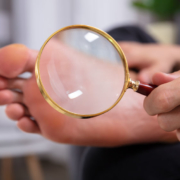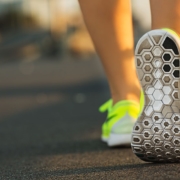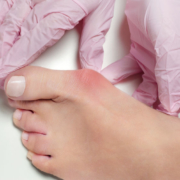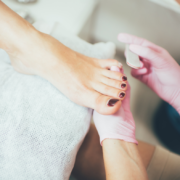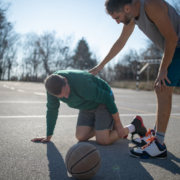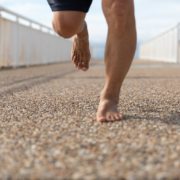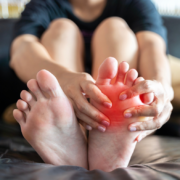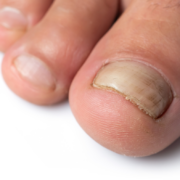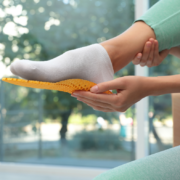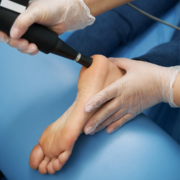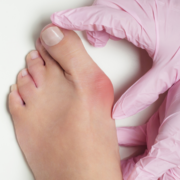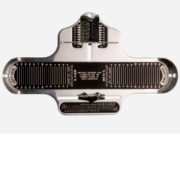3 Top Tips to Keep Your Feet Safe at the Beach
Summer is here! What are your warm weather plans? A favorite for many is hitting the beach and enjoying the cool breeze, hot sun, and refreshing waves. But take care at the beach, because there are plenty of opportunities to injure your feet. Between hot pavement, walking barefoot in less than supportive footwear, and strong UV rays, pay attention to the care and health of your feet during your beach visit.
Keep your feet safe and injury-free this summer with our top tips!:
1-Do Not Forget Sunscreen
Feet can easily get sunburned! Look at how thin the skin is on your feet, and protect them with a sunscreen lotion containing adequate SPF. Keep feet safe from sunburn and long-term sun exposure effects like skin cancer. Apply sunscreen to the tops and bottoms of your feet for sufficient protection against UV rays. Reapply lotion regularly, like after being in the water or taking a walk.
2-Protect Your Feet
Going barefoot and sinking your toes in the sand might be relaxing and what you are used to doing. But the sand often hides seashells, broken glass, and other sharp objects that can easily cut or puncture your bare feet. If you don’t happen to notice your injury, harmful bacteria from the sand, pavement, and water will enter it and lead to an infection. Remember, sand, pavement, and sidewalks get hot in the sun. You can avoid burns, blisters, cuts, and wounds by wearing supportive, protective shoes at the beach.
3-Pay Attention
Listen to your feet! Summer is usually a time for increased activity, which may leave your feet feeling worn down or in pain. If participating in a game of volleyball, soccer, or any other physical activity while at the beach, take breaks, protect your feet, and treat any potential injuries immediately.
Board-certified podiatrist Dr. Naghmeh Lilly Khavari is committed to helping her clients in Carrollton, TX. She offers a variety of treatments, from ingrown toenails to advanced surgical solutions. Contact Carrollton Foot Center’s office at 469-998-3668 to schedule an appointment today!
